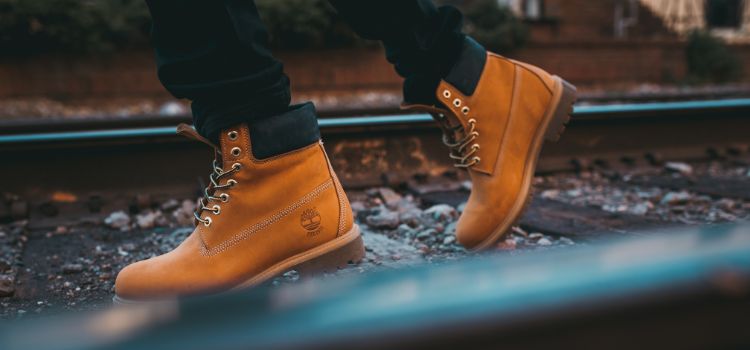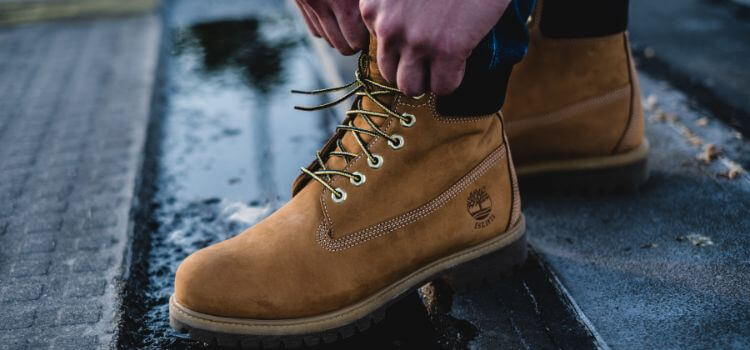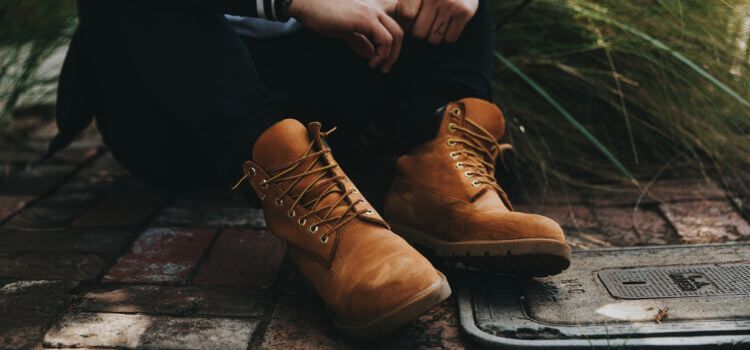As an Amazon Associate, I earn from qualifying purchases
Leather boots are a timeless fashion statement and a staple in many wardrobes. However, without proper care, they can succumb to the elements, especially water. In this guide, we’ll explore the art of waterproofing leather boots to ensure they remain stylish, comfortable, and functional for years to come.
Understanding Leather Boots
Leather boots, a timeless footwear choice, boast natural elegance and durability. Crafted from animal hides, they exude a classic charm while providing sturdy protection for the feet. The unique characteristics of leather, such as breathability and flexibility, contribute to its comfort.
However, leather’s susceptibility to water damage necessitates proper care, including regular cleaning and conditioning. Choosing the right waterproofing products and applying them meticulously ensures these boots remain resilient against the elements.
Understanding the composition and maintenance needs of leather boots is key to preserving their longevity and timeless appeal.
Benefits of Waterproofing

Waterproofing your leather boots offers a myriad of benefits. Not only does it safeguard against the elements, but it also extends the life of your boots, enhances comfort, and preserves their aesthetic appeal.
Types of Waterproofing Products
When it comes to waterproofing, a variety of products are available on the market. From traditional waxes to advanced sprays and creams, each option caters to specific needs. Choosing the right product depends on your boot type and personal preferences.
Preparation Steps
Before applying any waterproofing product, it’s crucial to prepare your boots adequately. Clean them thoroughly, removing any dirt or dust, and ensure they are completely dry. This sets the stage for effective waterproofing.
Application Process
Now, let’s dive into the step-by-step process of applying waterproofing products. Whether you opt for a spray, cream, or wax, the key is to achieve an even application. Take your time, ensuring every inch of the boot is covered.
Common Mistakes to Avoid
While waterproofing is a straightforward process, common mistakes can compromise its effectiveness. Avoid overusing products, neglecting proper preparation, or applying them unevenly. These errors can leave your boots susceptible to water damage.
Testing the Waterproofing

After applying the waterproofing product, it’s crucial to verify its efficacy through simple testing methods. One effective way is the water droplet test—observe if droplets bead on the surface, indicating proper repellency. Alternatively, subject your boots to a simulated wet environment to ensure comprehensive coverage.
Running a cloth over the boots can reveal any uneven application or areas that may need additional attention. Thorough testing guarantees that your boots are ready to withstand the elements and stay dry in various conditions.
Regular Maintenance
Waterproofing isn’t a one-time affair. Regular maintenance is crucial to ensure continued protection. Periodically check your boots and reapply the waterproofing product as needed.
DIY Waterproofing Methods
For the budget-conscious or those who prefer a hands-on approach, several DIY waterproofing methods utilize household items. From beeswax to olive oil, these remedies provide a natural shield against moisture.
Addressing Specific Leather Types

Different types of leather require tailored care to maintain their distinctive qualities. Full-grain leather, known for its natural markings and durability, benefits from regular conditioning to prevent dryness. Suede, with its soft texture, demands gentle cleaning and waterproofing to safeguard against stains.
Top-grain leather, more affordable but still high-quality, responds well to conditioning oils for a polished look. Exotic leathers like snakes or crocodiles necessitate specialized cleaners and conditioners to preserve their unique textures.
Understanding the specific needs of each leather type ensures effective care and enhances the longevity of your footwear or accessories. Whether it’s the rugged charm of full grain or the luxurious feel of exotic leather, proper maintenance is the key to sustained elegance.
Seasonal Considerations
Consider adjusting your waterproofing routine based on the seasons. Boots worn in the winter may require more frequent care than those used in the summer. Adapting to seasonal changes ensures year-round protection.
Eco-Friendly Options
For environmentally-conscious individuals, several eco-friendly waterproofing alternatives are available. Explore products and methods with minimal environmental impact while still keeping your boots safeguarded.
Waterproofing Other Leather Items

Extend your waterproofing knowledge beyond boots to preserve the integrity of various leather accessories. Bags, prone to wear and tear, benefit from regular waterproofing to repel moisture and stains. Belts, often exposed to different elements, can maintain their appearance and durability through periodic waterproofing treatments.
Jackets, especially those used in diverse weather conditions, stay in top condition when protected against rain and humidity. Applying the same waterproofing care to these items ensures a consistent and comprehensive approach to leather maintenance.
Whether it’s a favorite leather bag or a cherished jacket, safeguarding against water damage enhances their longevity and appearance. Remember, a little care goes a long way in preserving the beauty of all your leather possessions.
Expert Tips from Cobblers
Gain insights from professionals in the field of leather care. Cobblers offer valuable recommendations, from choosing the right products to techniques that guarantee optimal waterproofing results.
Conclusion
Mastering the art of waterproofing leather boots is a simple yet crucial aspect of leather care. Whether you prefer traditional methods or eco-friendly alternatives, the key lies in consistent maintenance. With the right approach, your leather boots will defy the elements, ensuring durability and timeless style.
FAQs
- How often should I waterproof my leather boots?
- The frequency depends on factors like usage and weather conditions. As a general rule, aim for every three to six months.
- Can I use the same waterproofing product for all types of leather?
- While some products are versatile, it’s advisable to choose ones tailored to specific leather types for optimal results.
- Are DIY waterproofing methods as effective as commercial products?
- DIY methods can provide effective protection, but commercial products often offer advanced formulas for comprehensive care.
- What should I do if my boots get wet despite waterproofing?
- Dry them naturally, away from direct heat. Reapply waterproofing if necessary after ensuring they are completely dry.
- Can I use waterproofing products on colored leather boots?
- Yes, most waterproofing products are designed to be color-neutral and won’t affect the appearance of your boots.
As an Amazon Associate, I earn from qualifying purchases

Leave a Reply